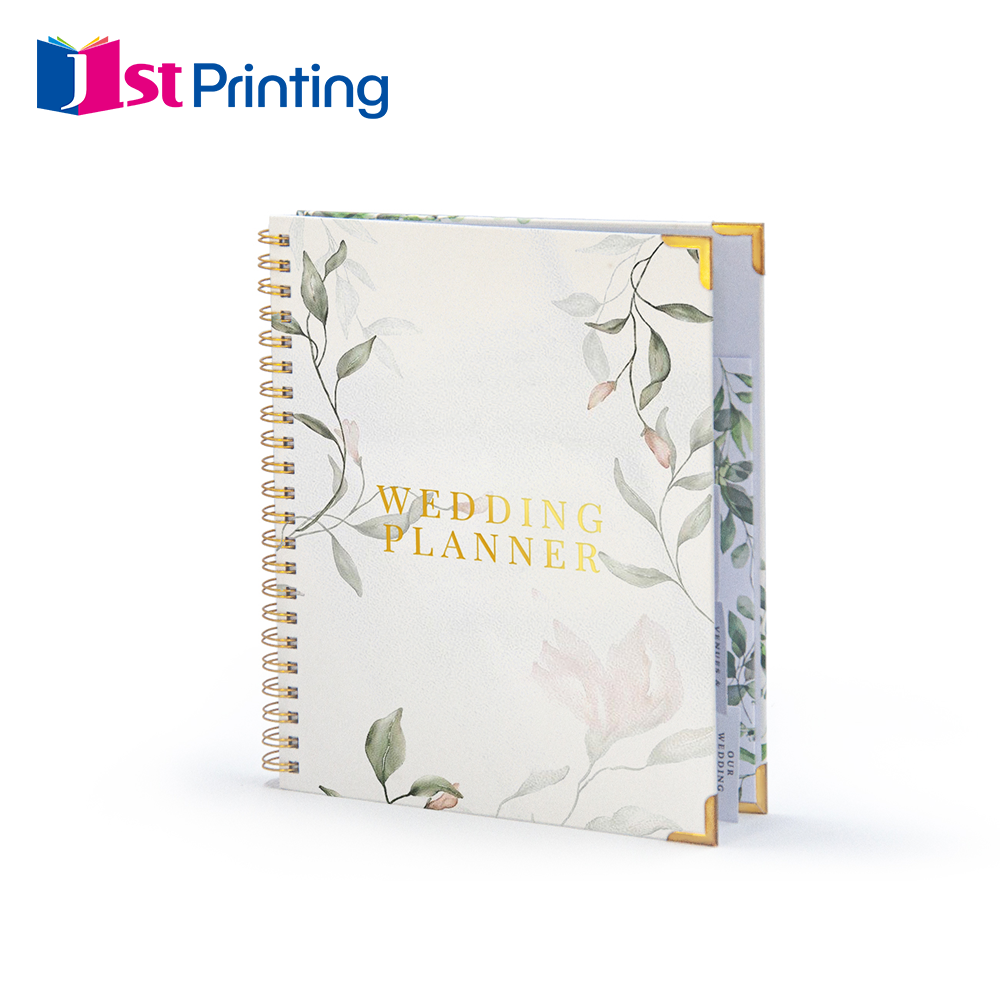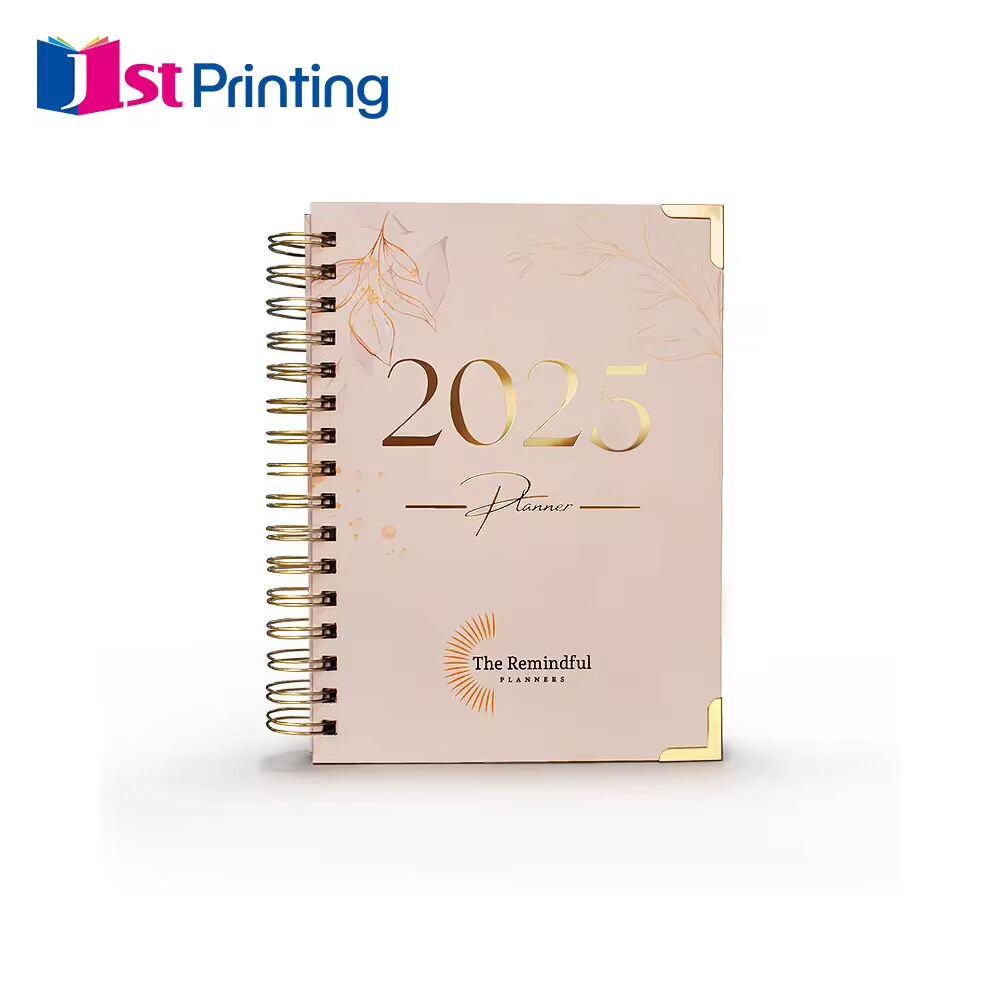Book Binding: How to Add a Personal Touch to Your Books
Essential Book Binding Techniques for Personalization
DIY Hardcover Binding Basics
Making a hardcover book from scratch can be really satisfying work, but it does take some special stuff to get good results. Most folks need bookbinding glue, those thick cardboard covers called book boards, plus something like a cutting mat or just a scrap piece of wood. These basics form the backbone of any decent hardcover that actually holds pages without them falling out everywhere. Measure up those book boards first so they fit nicely around whatever pages you've got inside. Take time to cut straight lines here since nobody wants wobbly corners ruining what could otherwise look pretty professional. A lot of people skip this part because it feels tedious, but trust me when I say those extra minutes spent now mean less frustration later when trying to fix sloppy edges after everything else is done.
After getting those book boards ready, it's time to tackle the endpapers next since they serve both looks and function in binding. Start by lining up those endpapers so their edges match up nicely with both the cover and the actual pages inside. This positioning helps strengthen how long the whole thing will last before falling apart. Apply some good quality glue but be careful not to go overboard here. Let the paper stick down smoothly across the surface without creating any pesky wrinkles or air pockets that ruin everything. When done right, these little pieces really elevate what the finished product looks like and feels when held in hand. Plus, they keep all those precious pages safely tucked away inside where they belong rather than flopping around loose.
Spiral Binding for Functional Journals
Spiral binding makes for really good journals that bend and work well when needed. People who need to flip through their notes all day find this style works best because the pages lie flat and open easily without tearing. To make these bindings, manufacturers use things like metal coils, special punching equipment, and various cover options. Getting the right combination matters a lot if someone wants both a journal that functions properly and looks nice on their desk or in their bag.
To get started, grab a punch machine and make those holes in whatever pages and covers need binding. After punching, just slide the coil through all those holes to hold everything together securely. What makes this whole process worth while? The coils themselves are pretty flexible stuff, so when someone opens up their new journal, it lays completely flat on the desk or table. That flatness really helps during writing sessions or taking notes throughout the day. Following these steps creates a functional journal, sure, but there's another bonus too - customization options galore! Want different colors? Maybe some reinforced corners? Or perhaps adding extra pockets for loose papers? All possible with this basic approach.
Using Bookcloth for Custom Covers
Bookcloth comes in many forms, each with its own strengths when it comes to how long it lasts, what it feels like to touch, and how much room there is for customization. Some types hold up better over time while others offer unique textures or patterns that can really make a book stand out. When looking at different kinds of bookcloth, consider what the finished product will need to withstand and what kind of look someone might want. Good quality bookcloth does more than just keep pages safe inside though. The right fabric choice also makes handling the book pleasant, adding that extra something special to the overall feel of the item.
Getting the measurements right when working with bookcloth matters a lot. Cut it carefully so it fits the cover dimensions properly, remembering to leave extra space around the edges where the material needs to bend over. Those folds really make all the difference in creating clean, neat corners on the finished product. Start by spreading some glue onto the hardcover sections first, then press the fabric into place while being careful not to create any creases or air pockets underneath. Take time with this part because getting it right from the start saves headaches later. Once mastered, this method produces covers that look professionally bound and just plain better than most store bought books.
Materials That Elevate Your Book Binding Projects
Choosing Archival Papers & Adhesives
For anyone wanting to make bookbinding projects that last, using good quality archival paper really matters. These special papers can stand up to years passing by without falling apart or getting damaged naturally over time. Now when it comes to glues for bookbinding work, there's something important to know about them too. The best ones are acid free and meant for long term use in archives. They keep everything stuck together properly for ages without breaking down. From my own experience, it's wise to check how well an adhesive works first before actually applying it anywhere on the project. Doing this little test prevents problems later on like yellow spots appearing or parts coming loose, which would ruin both how the book looks and holds together properly.
Decorative Elements: Ribbons and Stamps
Adding decorative ribbons and stamps to bookbinding projects really boosts how personalized and visually appealing they look. Ribbons come in all sorts of widths and textures that can make a big difference in how the finished book looks. Thin silk ribbons give off that delicate, elegant vibe, whereas those wider grosgrain ones pop with color contrast. When working with stamps rubber or gel types there are some tricks of the trade for getting clear impressions that last. Good quality ink matters a lot here, and applying just the right amount of pressure makes all the difference between something that looks fresh or faded after a few uses. Books decorated this way end up having their own unique character, turning ordinary bindings into special keepsakes nobody else will have exactly like them.
Wheat Paste vs PVA Glue Comparison
When working on bookbinding projects, choosing between wheat paste and PVA glue matters quite a bit because they're chemically different and work better for certain tasks. Wheat paste comes from natural sources and stays flexible even after it dries, so many restorers prefer it when handling older books that need gentle treatment. PVA glue tells a different story though. It holds up really well over time and dries much faster than wheat paste does, which makes it great for contemporary bindings where speed counts. Looking at how these adhesives behave shows some pretty big contrasts. The wheat stuff takes forever to dry but remains pliable, while PVA sets quickly and creates something stiffer. For anyone actually doing the binding work, knowing what each type can do becomes important. Someone restoring a centuries old manuscript would probably reach for wheat paste, whereas someone putting together a new coffee table book might grab PVA instead based on what kind of results they want.
Custom Printing Services for Unique Creations
OEM CMYK Spiral-Bound Daily Planner
We offer OEM printing services focused on producing premium spiral bound planners through CMYK technology. The colors come out really vibrant and stay consistent across all prints, which matters a lot when people want their planners to look good as well as work well. For the covers and pages themselves, we go with top quality materials that just feel better in hand and last much longer under regular office conditions. Our clients can tweak things like layouts and overall design to fit how they actually organize their schedules day to day. Some folks prefer something simple and clean looking while others might want detailed graphics or company branding incorporated somewhere obvious. Whatever the need happens to be, there's room to adjust almost every aspect until it matches what customers have in mind for their planning needs.
Personalized Travel Journal Printing
Personalized travel journals are great for capturing those special moments and keeping precious memories alive long after the trip ends. Our custom printing service offers all sorts of layout choices, different cover styles, and various paper options that make these journals both useful and visually appealing for anyone who loves to document their adventures. Many people also appreciate the green aspect when they opt for recycled materials, which feels good knowing their journaling habit supports sustainability efforts. When travelers pick out customized features, what they get is a journal that truly represents their individual experience, blending personal significance with environmentally friendly practices throughout their journey.
Luxury Magnetic-Closure Hardcover Diary
What makes luxury diaries truly special? Look no further than the craftsmanship behind them. These journals are built to last with high quality materials and designs that just scream elegance. The magnetic closure is something customers love too it feels so much better than flimsy clasps or ribbons. When we talk about customization options, there's really no limit. People can get creative with cover designs that match their personal taste, whether they want something classic leather or something bold and colorful. Inside pages can be filled with whatever matters most to them photos from vacations, handwritten notes, even little mementos tucked between pages. What starts as just another notebook becomes something meaningful over time something worth keeping for years to come when form meets function in such an elegant way.
Creative Finishing Touches for Handmade Books
Embossing Monograms on Covers
Putting monograms on book covers adds that special something personalized and elegant feel. When someone presses letters into leather or cloth, those raised initials become both eye catching and nice to run fingers over. For folks who love crafting books by hand, there are different ways to get this done. Simple projects work well with basic handheld tools while fancy stuff needs bigger machines that handle detailed patterns better. What kind of tool gets used really matters because it affects how clean and sharp those letters look when finished.
Choosing the right fonts and where to place them on a monogram matters a lot for how readable and attractive it looks. Serif fonts tend to give off that classic, old money vibe that never goes out of style. Sans-serif options bring something fresh and modern to the table though. The placement really counts too. Put that monogram somewhere central but not too dominant on the cover so everything still feels balanced visually. Get these details right and what happens? A personalized touch that makes the whole book stand out without overwhelming readers. Just think about how much better designed books feel when they have those little signature touches.
Japanese Binding with Decorative Threads
Known as stab binding in Japan, this technique has been around for ages and stands out because it's so simple yet looks really good. What makes it different from regular Western bookbinding? Well, instead of hiding everything inside, Japanese craftsmen sew right along those open edges of the pages. This creates all sorts of cool patterns that actually get displayed on the outside of the book itself. People who handle these books often mention how nice they feel in their hands too. Those bright colored thread seams aren't just decorative either they're fully visible throughout the whole book, making each copy unique depending on what colors were used during assembly.
Picking out the right decorative threads makes all the difference when it comes to both how good Japanese binding looks and how durable it ends up being. Cotton threads come in bright colors that give books a fun, lively look, while silk threads create something much more refined and elegant for those who want something classy. Start making your own Japanese bound book by lining up all the pages properly first. Then drill holes at regular intervals along one side. Get a needle threaded and work through those holes following a steady pattern. Keep tension consistent throughout so everything looks neat when done. What people often forget about this traditional technique is that aside from holding everything together nicely, it actually carries forward centuries of craftsmanship tradition. Each stitch adds character and tells a story, letting makers put their personal stamp on every creation they produce.
Adding Pocket Pages for Memorabilia
Incorporating pocket pages in handmade books is a thoughtful feature for storing memorable items. Pockets serve as mini-repositories for letters, photographs, and tickets, transforming the book into a personal keepsake collection. The addition of pockets caters to both practicality and sentimentality, making them an invaluable component for capturing experiences.
Material choice matters when making pocket pages if they're going to last and stay accessible over time. Acid free paper or good quality cardstock works well for keeping things together longer. Some folks actually go for fabric covers these days too, which adds a nice tactile element nobody else has. When designing, there's plenty of room to get creative. Buttons work great as closures because they keep stuff secure without being too fussy. Ribbons can be fun too. Decorative elements matter too. Stamps, washi tape, patterned paper all help make each page visually interesting instead of just functional. The little extras really do make a difference though. They transform what could be just another scrapbook into something special where memories are stored neatly but still feel personal and meaningful years down the road.


























